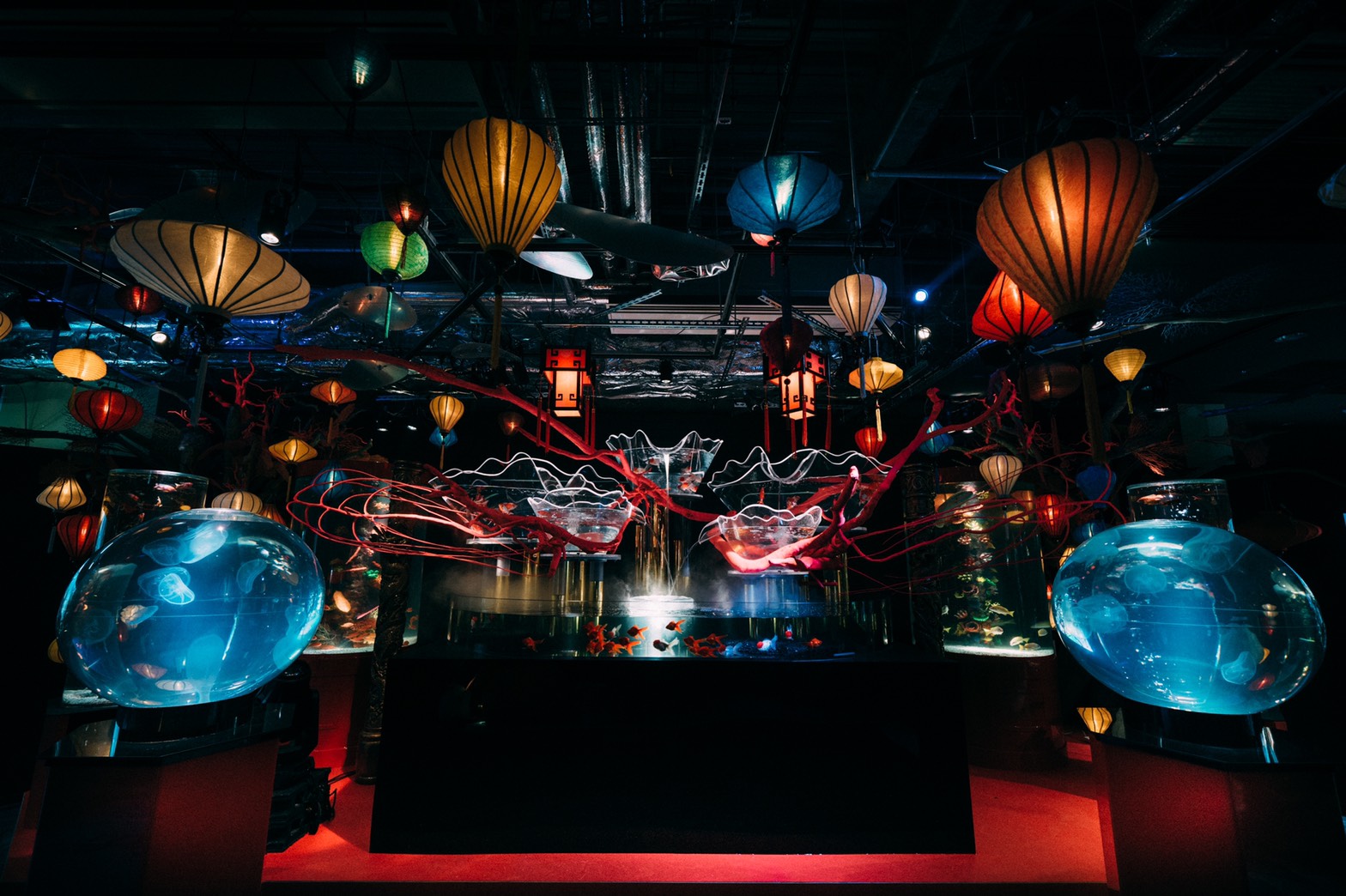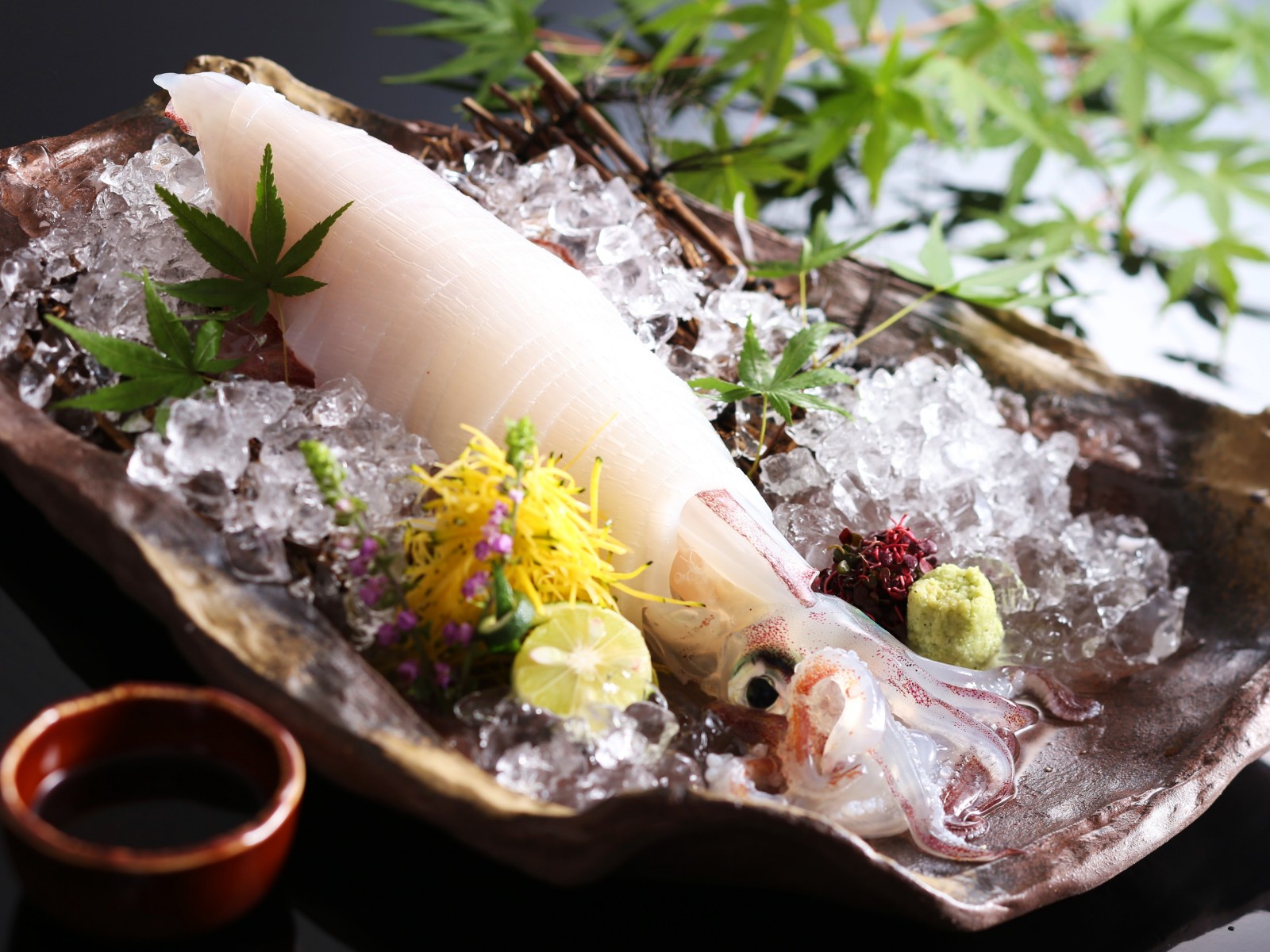Kyoto Prefecture, which is called the “ancient city,” is also said to be the “birthplace of Japanese culture,” and has been cultivated over its 1,200-year history.
There is charm. In this magazine, we will deliver seasonal attractions such as sightseeing, art, and gourmet food from Kyoto, the home of culture.
Another 10 famous spots to enjoy while avoiding congestion, such as the autumn tradition “Autumn leaves”, which you can enjoy leisurely in Kyoto, and the beginning of the fall, “Nariaiji” and other “nightlife” will be lit up for a limited time this year.
Autumn leaves, a tradition of Kyoto, can be enjoyed at various autumn leaves spots in other parts of Kyoto. Why don’t you visit the spots of autumn leaves that are taking measures against infectious diseases this year?
Operated by a limited number of people! Hunting autumn leaves on board "Hozu River descent"
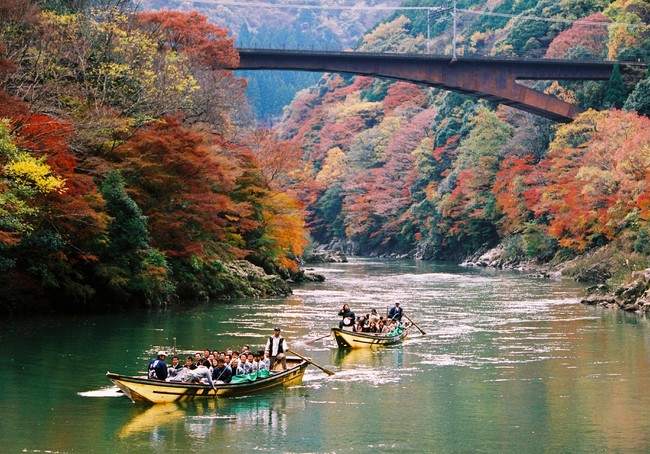
Autumn in the 16km valley that connects Kameoka and Arashiyama along the Hozu River is colored with magnificent autumn leaves that are dyed with colored maples.
In this valley, a two-hour cruise “Hozu River Downhill” is carried out, where you can enjoy the autumn colors in the great outdoors. There is no doubt that the bright red autumn leaves reflected on the surface of the water seen from the ship will make you forget about your daily life.
Currently, the regular capacity is 27 people, but the capacity is reduced to 25 people (November only), so you can avoid congestion and enjoy the autumn leaves with peace of mind.
| The best time to see the autumn leaves: |
Mid-November to early December |
| Address: |
2 Shimonakajima, Hozu-cho, Kameoka-shi, Kyoto |
| TEL: |
0771-22-5846 (Hozugawa River Boat Company Association) |
| Visiting time: |
9: 00-15: 00 (varies depending on the season) |
| Price: |
Adults 4,100 yen / Children 2,700 yen (with liability insurance) |
> Hozugawa River Boat Homepage
"Kuwayama Shrine" with a solemn atmosphere

The autumn leaves of Kuwayama Shrine, which enshrines the god who created the country of Tanba, are said to be “Autumn leaves of Yata” because of their vivid beauty, and about 1,000 maple trees are planted in the precincts.
Since it is located in the mountains, it is in full bloom from early to mid-November, which is a little earlier than other places in Kyoto Prefecture. The appearance of the shrine, which is a registered cultural property of Kyoto Prefecture, wrapped in bright red maple leaves is a masterpiece.
| The best time to see the autumn leaves: |
Early to mid-November |
| Address: |
22-2 Kamigaichi, Kamiyada-cho, Kameoka-shi, Kyoto |
| TEL: |
0771-22-1023 |
| Visiting time: |
Open 24 hours |
| Price: |
Admission fee 300 yen (during November) |
> Kuwayama Shrine homepage
The "Maple Carpet" that spreads all over is staggered! "Komyoji"

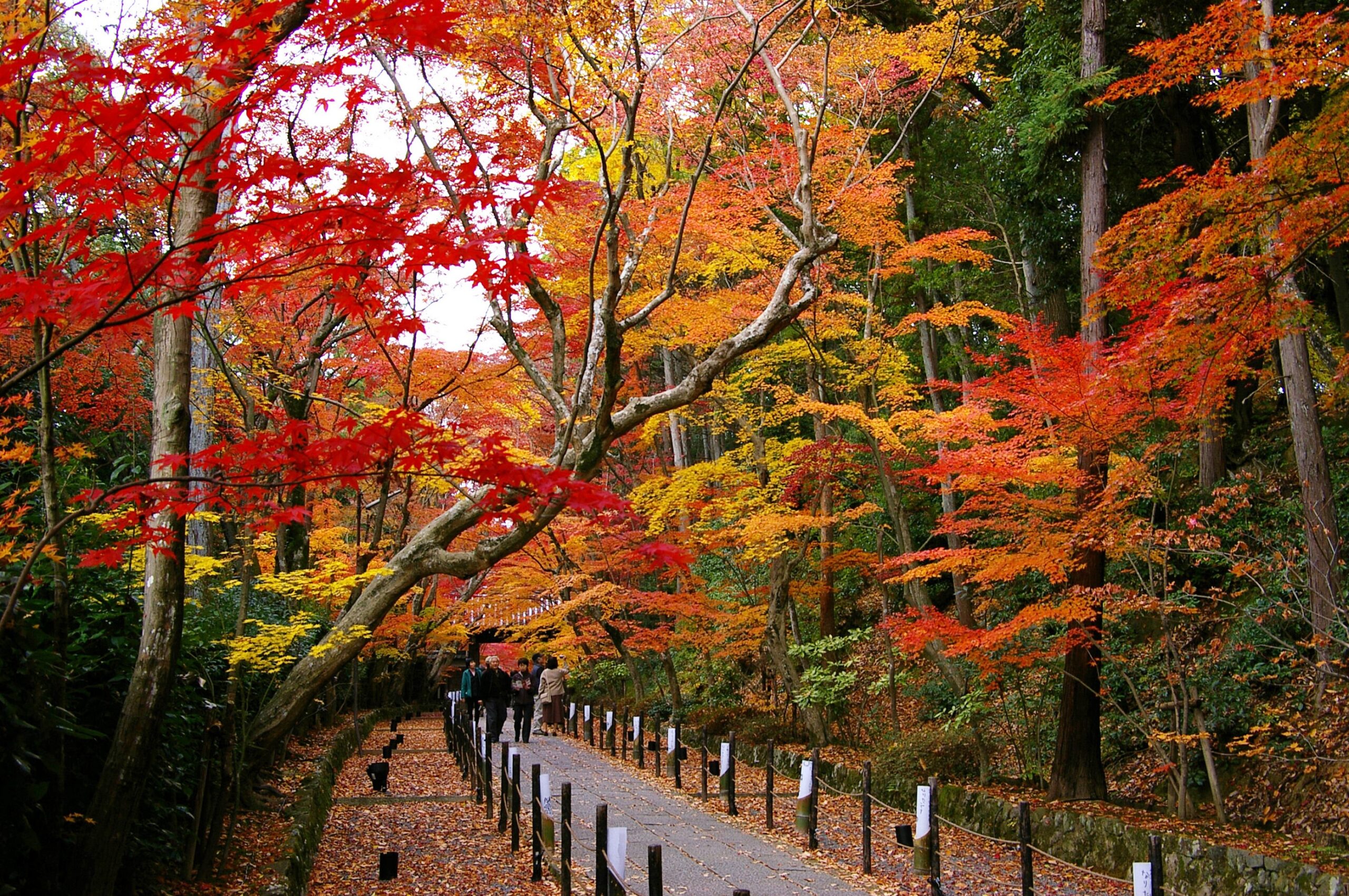
Komyoji Temple is the head temple of the Seizan Jodo sect, which is easily accessible from Kyoto city and is famous locally as “Maple Temple”.
Hundreds of autumn leaves color the vast precincts, and the road leading from the Teshimon to the Somon is called the “Maple approach”. You can see the autumnal tunnel and the maple carpet after it is scattered. The best time to see the maple carpet is when the autumn leaves begin to fall.
| The best time to see the autumn leaves: |
Mid-November to late |
| Address: |
26-1 Saijo Nouchi, Ao, Nagaokakyo City, Kyoto Prefecture |
| TEL: |
075-955-0002 |
| Visiting time: |
9:00 to 16:00 |
| Admission fee: |
500 yen (free except during the autumn leaves) |
> Komyoji homepage
* Please use public transportation when you come to the mountain.
"Kongoin" surrounded by thousands of fiery autumn leaves

Kongoin is the third temple of the “Kansai Flower Temple 25 Places Sacred Ground Association” and is a famous spot for autumn leaves called “Tango Momiji Temple”.
Thousands of maple trees are planted in the precincts, ranging from hundreds to decades of age. From Kahara Park, which is opposite the precincts, you can enjoy a beautiful view of the autumn leaves and the three-storied pagoda.
| The best time to see the autumn leaves: |
Mid-November to late |
| Address: |
595 Kawara, Maizuru City, Kyoto Prefecture |
| TEL: |
0773-62-1180 |
| Visiting time: |
9: 00-17: 00 |
| Admission fee: |
300 yen |
> Kongoin homepage
Pay attention to the beautiful contrast! "Oomoto Shinen", a fusion of autumn leaves and evergreens
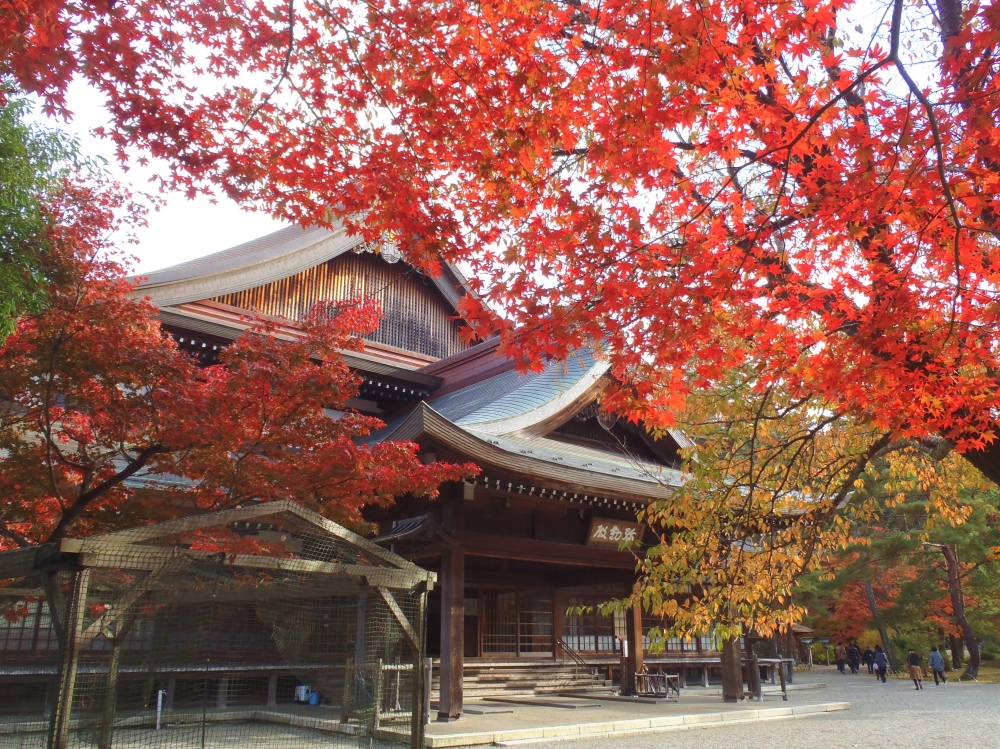
There is also the largest wooden building in the 20th century, Choseiden, and the national important cultural property, Konohanaan, which is now a tourist spot that represents Ayabe.
In the garden, which boasts a vast site, the contrast between colorful autumn leaves and evergreens can be seen everywhere, and the spectacular sight spreads out.

























